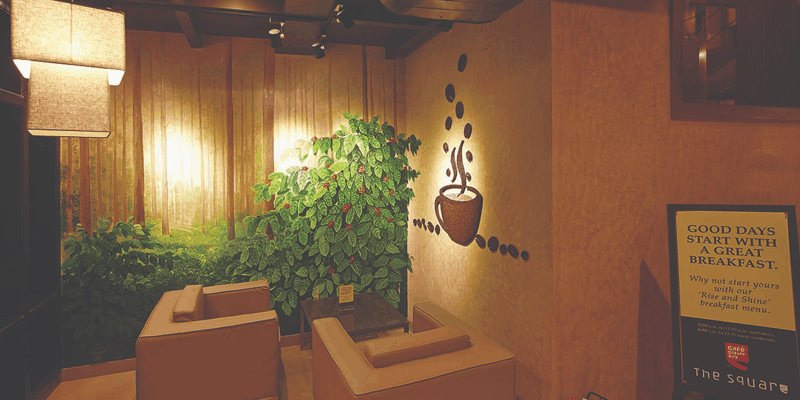
Retail Stores and Sustainability
‘Sustainability’ ‘Sustainable Design’ ‘Sustainable development’ these terms are now a part of our common tongue. Their use is no longer limited to textbooks or environmental campaigns rather it’s become a pressing issue that many leading brands are addressing this through their environmentally conscious ethical choices and business models.
This progressive step is necessary as today’s customer is not only conscious of the values for their purchase but also the ethos, ethical values that the brand supports. Customers today want to support businesses that are empathic to the environment with sustainable practices and are ethical in the procurement processes.
Hence now brands not only compete to give the best experience to their customers but also unburden them with the guilt of not taking care of their environment. Many of these practices encourage, engage customer to adopt healthier and sustainable habits and along with positive brand recall.
In retail and Visual merchandise design these practices can not only be adopted in the store design but also be adopted within business models. As a design studio we at Studio J encourage our clients to adopt such practices in retail design and visual merchandising.
Aside from the sale of sustainable products merchandise and services, some of these practices can be adopted to be more sustainable.
Lighting
LED’s (Light Emitting Diodes) are the new way to go as there are many eco-friendly options with automated functions that regulate temperature of light and also radiate lesser heat vs their CFL and incandescent counterparts. LEDs also last four times as long as CFLs, and they stay cool to the touch. Many wide range products are being developed to suit needs as well add aesthetic diversity in a space.
Material in store
Swapping MDF for eco boards, using AAC blocks instead of the red bricks, and sourcing locally safe plywood boards are small steps one can take in construction. These materials are not only eco-friendly but also have other advantages like insulation and strength vs their counterparts.
Refurbishing older display units or parts of display by changing their finishes is another way one can make a cost effect yet eco-friendly choice in designing a store.
Incorporation a green wall or a tasteful installation of plants not only add aesthetic value to the store visually but also purify the air when placed near the HVAC unit and regulates the temperature.
Another exciting advancement is the use of 3D printing technology. Not only are there a wide variety of eco-friendly materials but prototyping and production time would reduce considerably.
Digital integration
Rather than using sun boards and vinyl and flexes for display, integration of LED Panels and other projection technologies can be a positive alternative.
Store policies
There are many polices and strategies that can be integrated into the company’s core practices such as rewards for reusing older cloth bags, encouraging customers to opts for digital receipt that either are sent via email or directly to their numbers or micro receipts. These practices provide another platform for brands to interact with their customers beyond the store.
Do get in touch with us to discuss and collaborate on how we can integrate sustainable design practices in retail design and visual merchandising services in Bangalore.
We hope that this encourages you to explore different sustainable design options.

